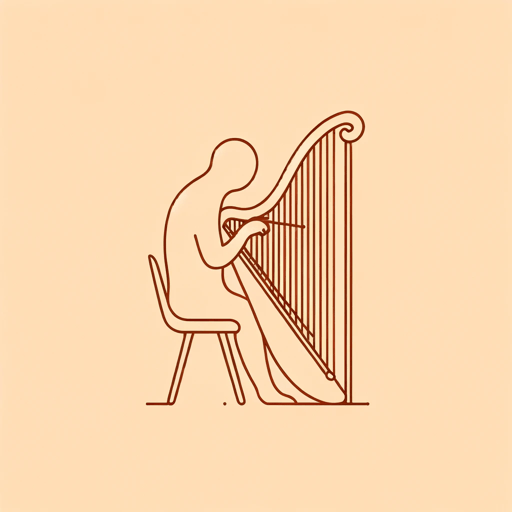46 pages • 1 hour read
James ThurberThe Catbird Seat
Fiction | Short Story | Adult | Published in 1942A modern alternative to SparkNotes and CliffsNotes, SuperSummary offers high-quality Study Guides with detailed chapter summaries and analysis of major themes, characters, and more. For select classroom titles, we also provide Teaching Guides with discussion and quiz questions to prompt student engagement.
Thought & Response Prompts
These prompts can be used for in-class discussion, exploratory free-writing, or reflection homework before or after reading the story.
Personal Response
At the end of the story, Mr. Fitweiler is quick to conclude that Mrs. Barrows is psychologically disturbed. This is largely based on his long-standing opinion of Mr. Martin as an infallible worker. While past behavior can be a helpful indicator of trustworthiness, it’s clear in “The Catbird Seat” that outward appearances can be deceiving.
Think of a situation in your own life in which you were quick to believe one person’s side of the story without first considering the facts or investigating the situation. Alternatively, think of a situation in which you were in Mrs. Barrows’s shoes: someone quickly believed the other party without giving you the benefit of the doubt. Once you have a situation in mind, explain it and describe what you would have done differently, or what you wish someone else involved would have done differently. Reflect on lessons you learned from “The Catbird Seat” that may help you navigate such a situation in the future.
Teaching Suggestion: Students may need time to think about a personal situation that applies. Give suggestions to get them thinking, such as sibling rivalries in which a parent believed one sibling over the other, friendship issues in which a friend was loyal to one person without giving the other a chance to explain, etc.
Related Titles
By James Thurber




